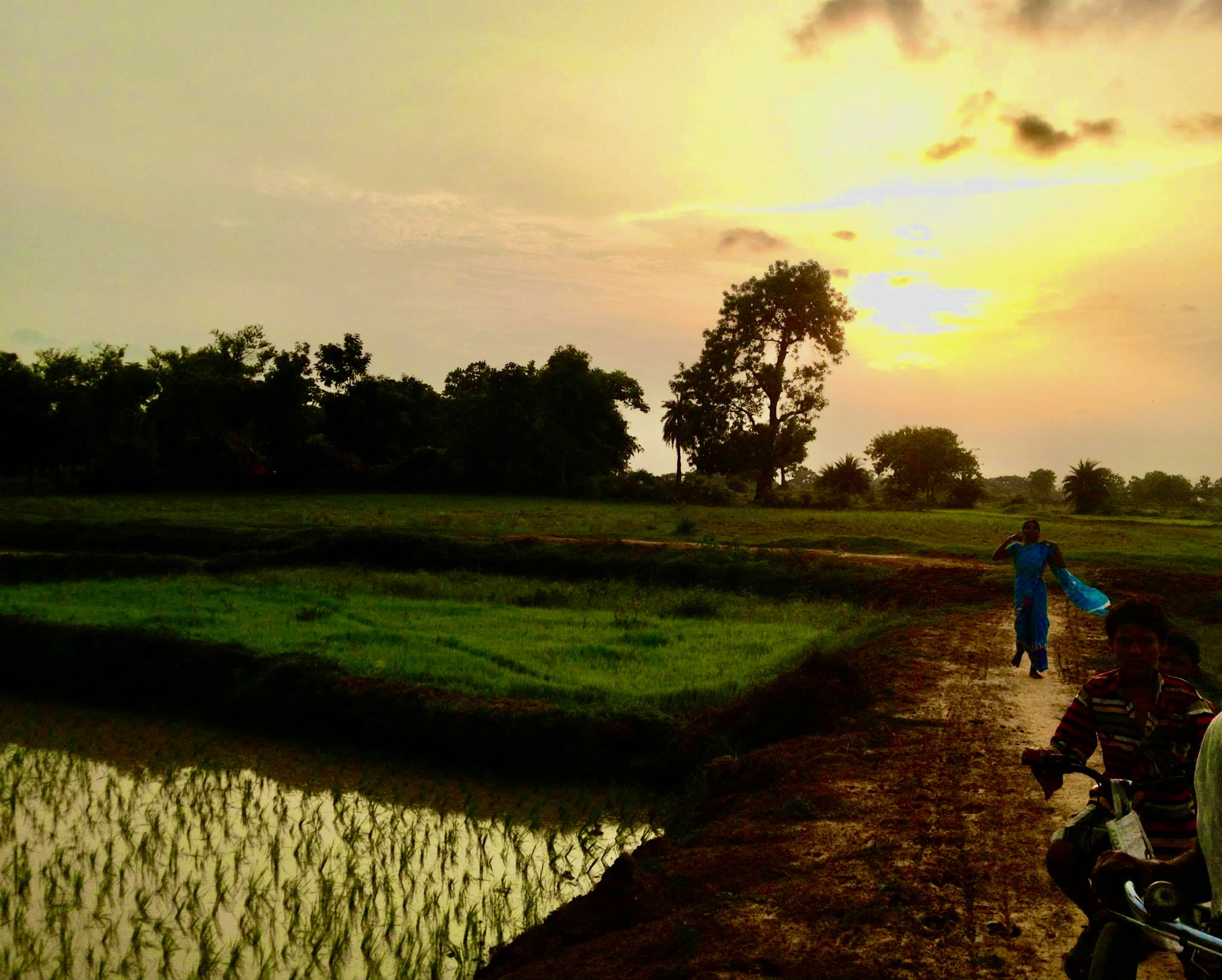
ENVIRONMENTAL HEALTH CERTIFICATE
Module 5: Water
The Water Crisis
Over 1 billion people do not have access to clean water. 3.575 million people die each year from water-related disease. 98% of water-related deaths occur in the developing world. 884 million people lack access to safe water supplies. These facts represent the daunting reality of the water crisis for many in the developing world. Without food a person can live for weeks, but without water one can only live for a few days. Millions of women and children spend several hours a day collecting water from distant, often polluted, sources. There is a dire need for sustainable and affordable water solutions for people lacking access to clean water. The 7th Millennium Development Goal was to create environmental sustainability. This goal aimed to halve the proportion of people without access to safe drinking water and basic sanitation by 2015. This is critical because it directly affects the health and economic development of the population.(1)
The economic benefits of investing in drinking water and sanitation have been measured, showing several positive effects. The number of children attending school, and the number of healthy days for children under the age of five significantly increases. The impact also includes health-care savings of US$ 7 billion a year for health agencies and US$ 340 million for individuals. A study by the International Water and Sanitation Centre (IRC) of community water and sanitation projects in 88 communities found that projects designed and run with the full participation of women are most sustainable and effective. This is consistent with an earlier World Bank study that found that women’s participation was strongly associated with water and sanitation project effectiveness.(2)
Contaminated Surface Water
Surface water collects on the ground or in a stream, river, lake, wetland, or ocean. Surface water is naturally replenished by precipitation. Sources of surface water pollution are generally grouped into point source and non point source pollution. Point source is when contaminants enter a waterway through a discrete source, such as a pipe or ditch (e.g. contamination from sewage plants, factories, storm drains). Non point source (NPS) is when contamination does not originate from a single discrete source. NPS pollution is often the cumulative effect of small amounts of contaminants gathered from a large area (e.g. nitrogen compounds from agricultural land which has been fertilized).(3)
Contaminated Ground Water and Wells
Ground water is located beneath the ground's surface, principally in soil pore spaces and fractures. Interactions between groundwater and surface water are complex. Ground water can be harnessed from natural springs, or by digging wells for water collection. Natural springs are useful water sources, but they must be protected properly, preferably piped directly, and stored safely. Deep wells are safer than shallow wells, which are much more susceptible to contamination. Deep wells do not require water treatment if a hand pump is possible. Shallow wells also may not require water treatment if a hand pump is installed, but extreme care and maintenance of shallow wells is needed to avoid contamination. Ground water aquifers can be contaminated from sources that may not directly affect surface water. A spill of a chemical on soil, located away from a surface water body, may not necessarily create point source or non-point source pollution, but it may contaminate the aquifer below.(4)
Ground water sources such as canals are vulnerable to chronic and acute pesticide poisoning as well as industrial chemical poisoning. Shallow wells in areas with a high water table are more prone to contamination from flooding than deep boreholes. They may also dry up sooner in a drought. Wells near rivers can be contaminated and filled with sand during flash floods. Dug wells and boreholes are particularly vulnerable during wars, since toxic materials can be dumped in wells, and borehole pumps can be sabotaged. Extreme care must be used to maintain soil and groundwater sources to avoid contamination and ensure clean water sources.
Arsenic Well Contamination
One in five deaths in Bangladesh can be attributed to arsenic poisoning, according to a study in the medical journal The Lancet. Arsenic poisoning has resulted in various illnesses including lung, skin, bladder and kidney cancers. In the 1970s, development organizations installed about 10 million hand-pump wells in Bangladesh in an effort to create clean drinking water resources to combat waterborne illness. This effort successfully decreased cholera and other waterborne diseases, but a new problem arose: the well waters were contaminated with arsenic. In 2000, the WHO called this “the largest mass poisoning in history”. The study in The Lancet calculated that over a period of thirty years, roughly half of Bangladesh’s population, 77 million people, were exposed to arsenic contaminated water. The Health Effects of Arsenic Longitudinal Study (HEALS) tracked arsenic poisoning in correlation with mortality rates. All participants poisoned with arsenic had an increased risk of mortality, regardless of the arsenic concentration. However, even more disturbing is that once individuals were exposed to high arsenic levels, their risk of mortality remained high even after they decreased or stopped their exposure. Although it cannot be easily treated, arsenic poisoning can be avoided. The reason that many of these wells were contaminated was that they are too shallow and extracted water from ground level where the arsenic was present. Shallow wells are more common than deep wells because they are lower in cost to build. This problem can easily be avoided by digging deeper wells past the arsenic.(5)
Footnotes
(1) “Tuberculosis and MDR-TB.” (2009). https://www.theunion.org/what-we-do/technical-assistance/tuberculosis-and-mdr-tb.
(2) The Earth Institute, Columbia University and Millennium Promise. “Harvests of Development in Rural Africa: The Millennium Villages After Three Years.” (2003). http://ciesin.columbia.edu/binaries/web/global/news/2010/mvp_midterm_report.pdf.
(3) CWA section 402(p), 33 U.S.C. § 1342(p).
(4) United States Geological Survey (USGS). Denver, CO. "Ground Water and Surface Water: A Single Resource." USGS Circular 1139. 1998.
(5) Hirji, Z. “Death By Arsenic: An Increasing Problem In Bangladesh. (28 June 2010). https://www.seeker.com/death-by-arsenic-an-increasing-problem-in-bangladesh-1765071277.html.
